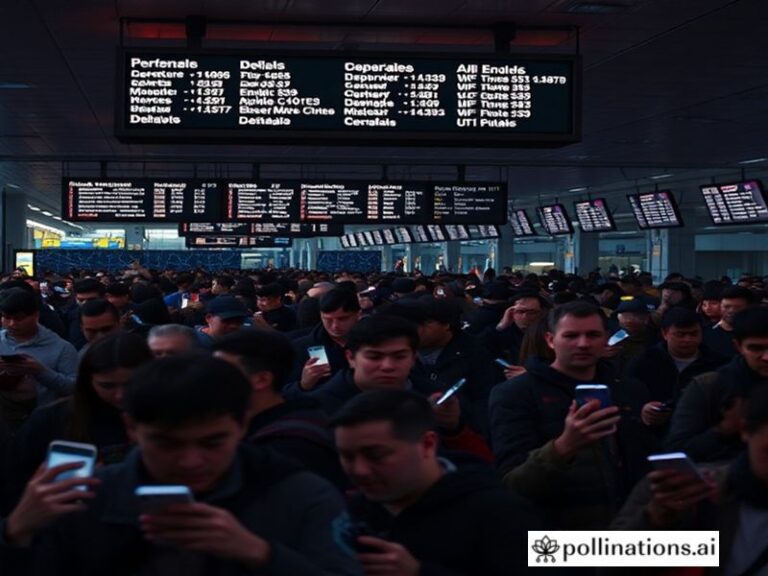Maglev: The Floating Future of Transport is Here, and It’s Trending
**Maglev: The Future of Transport is Here, and It’s Floating on Thin Air**
Buckle up, folks, because we’re about to dive into the world of maglev—the futuristic, high-speed, floating trains that are making waves (or should we say, not making waves) across the globe. If you’ve been living under a rock (or just scrolling through your feed without paying attention), maglev is trending, and it’s not just because it’s a fun word to say.
**What is Maglev?**
Maglev, short for magnetic levitation, is a transportation technology that uses magnetic forces to lift and propel vehicles off the ground. Unlike traditional trains that chug along on tracks, maglev trains float above their guideways, eliminating friction and allowing for mind-blowing speeds. We’re talking 375 mph (600 km/h) mind-blowing. That’s faster than a cheetah on a caffeine high.
**Why is Maglev Trending?**
1. **Speed Demons:** In our fast-paced, instant-gratification world, speed is king. Maglev trains are the Usain Bolts of the transportation world, promising to whisk passengers from point A to point B in a fraction of the time it takes traditional trains. Who has time to wait, right?
2. **Eco-Friendly Vibes:** With climate change looming like a bad hangover, eco-friendliness is all the rage. Maglev trains are electric, producing zero emissions, and are more energy-efficient than their fossil-fuel-guzzling counterparts. Mother Earth says, “Keep it up.”
3. **The Cool Factor:** Let’s face it, floating trains are just plain cool. They’re straight out of a sci-fi movie, and we’re here for it. The futuristic aesthetic is a breath of fresh air in a world full of boring, boxy vehicles.
4. **Global Showcases:** Countries around the world are rolling out maglev projects like it’s a new iPhone. China’s Shanghai Maglev Train, for instance, is the fastest commercial train service in the world. Meanwhile, Japan is testing a maglev line that could connect Tokyo and Nagoya in just 40 minutes. Talk about a global flex.
**Cultural Context and Social Impact**
Maglev isn’t just about getting from A to B faster; it’s about connecting people, cultures, and economies. It’s about shrinking the world and making it more accessible. Imagine zipping from Paris to Amsterdam in under an hour, or from Los Angeles to San Francisco in a couple of hours. The possibilities are endless.
Moreover, maglev trains are a symbol of technological prowess and innovation. They represent a country’s ability to push boundaries and think outside the box. In a world where soft power matters, maglev is a powerful tool for diplomacy and cultural exchange.
**The Significance**
Maglev is significant because it challenges the status quo. It forces us to rethink our approach to transportation, to the environment, and to global connectivity. It’s a reminder that progress is possible, that the future is not something to be feared but embraced.
So, whether you’re a tech enthusiast, an environmentalist, or just someone who loves the idea of floating trains, maglev is a trend worth following. It’s not just a mode of transport; it’s a glimpse into the future.
**Conclusion**
In a world that’s always on the move, maglev is the ultimate game-changer. It’s fast, it’s green, and it’s cool. It’s a testament to human ingenuity and a beacon of hope for a more connected, sustainable future. So, next time you’re stuck in traffic, take a moment to dream about a world where trains float and the future is now.







